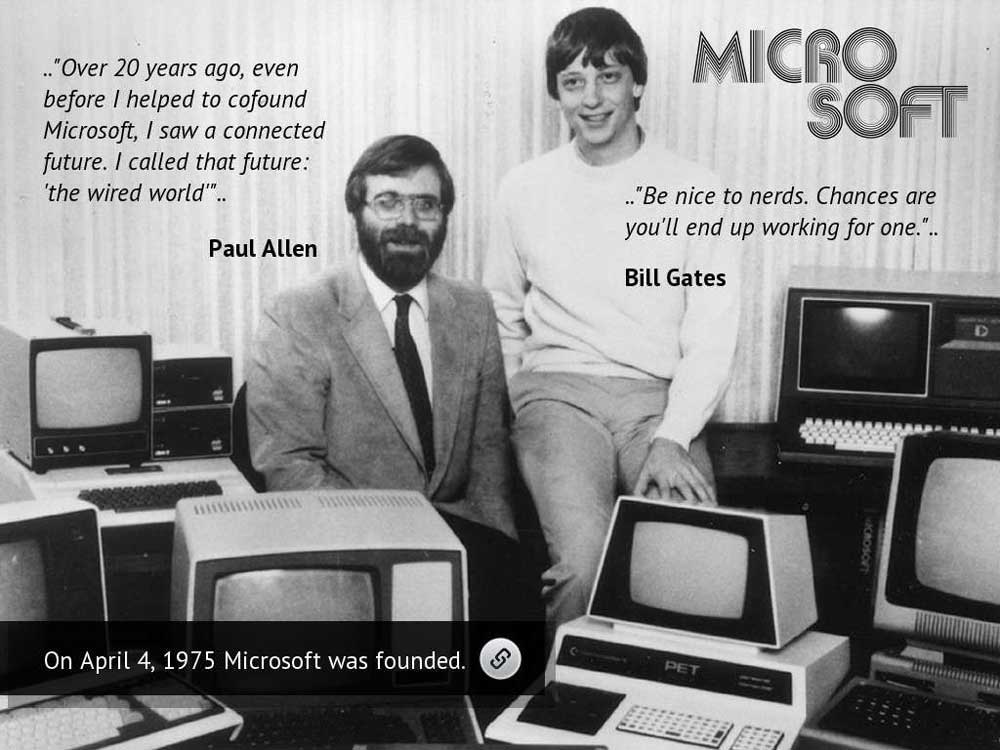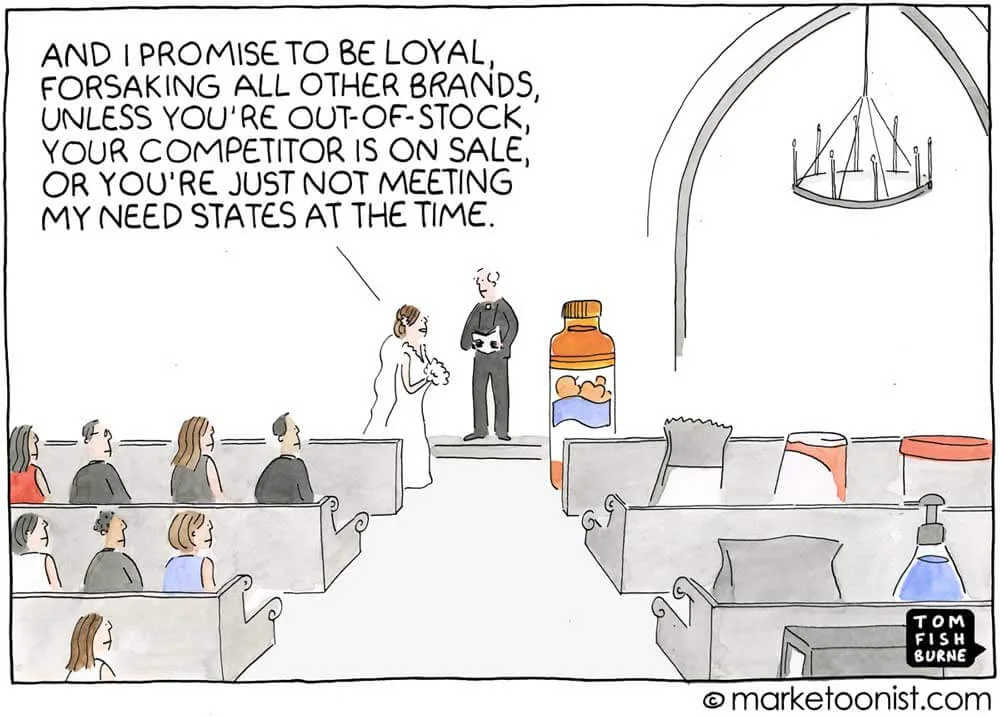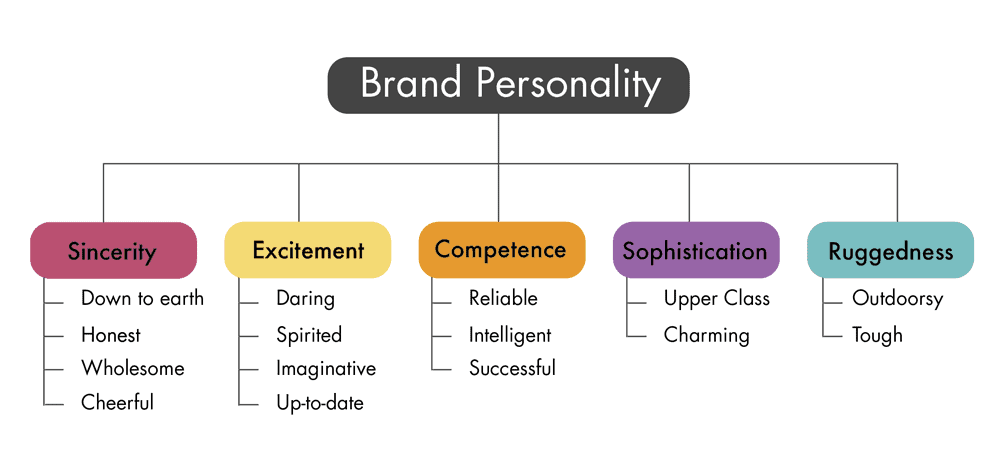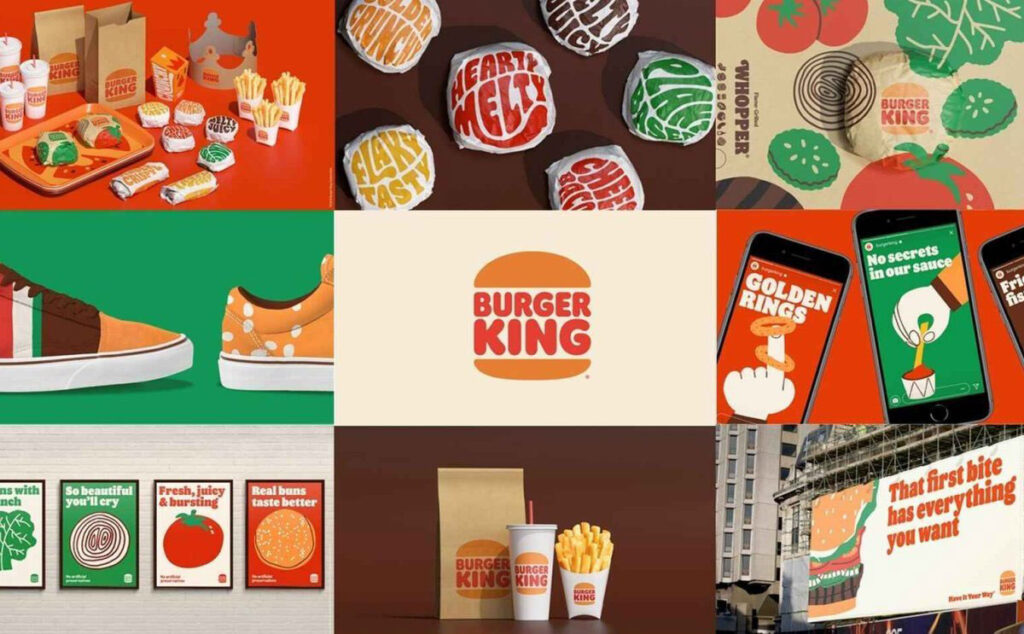10 Branding Tactics Every Marketer Should Master
How you present yourself impacts whether people will buy your products or services. Some companies spend millions of dollars on advertising to attract new customers.
Some people believe that advertising is expensive. This is untrue. Advertising only works when you know what you’re doing. You can use advertising to reach more customers. It also helps you to gain more customers.
We live in a world where consumers are flooded with options. Whether it’s the Internet, mobile apps, social media, or TV—the number of choices have skyrocketed over the past decade. The average American now spends nearly 8 hours a day consuming content.
The average consumer has about 7 different screens to access their information, and the average consumer’s attention span is measured in seconds. The good news is that you still have control over your message and brand.
We’re here to talk to you about some branding tactics marketers can use.
Table of Contents
1 – Create a Brand Story

The brand story is your company’s origin story. Think about it this way: Every brand tries to build its mythology or origin story. It’s the foundation upon which all future marketing and branding tactics are built.
The brand story is essentially your company’s biography. It tells the life story of your company. So if you want to sell a brand, think about how to tell its unique brand story.
You have to ask yourself this:
- What is my brand?
- Why does my brand exist?
- Who am I, and why do people care about me?
- What do I stand for?
- Why should others recognise me?
- How am I different from my competition?
Once you answer these questions, you’ll see how your branding tactics and the story fit together.
Brand stories are short, punchy, compelling messages that help tell a brand’s story. If done correctly, brand stories can be powerful and persuasive.
Most brands have a story behind their company and brand, but that story rarely gets told in an easily digestible, memorable way. In the past, companies like Coke, Kellogg’s, and Disney have successfully created brand stories to promote their products and businesses.
- English (Publication Language)
- HarperCollins Leadership (Publisher)
2 – Develop a Brand Identity
A brand identity is essentially the foundation upon which your business is built. It’s the impression you want to create in your customers’ minds.
You can’t build a strong foundation without a solid, clear identity. This doesn’t mean you should take your business too seriously. You need to have fun with it while maintaining the seriousness that you need to be taken seriously.
If you’re unsure what brand identity to create for your business, you should consider what makes your product or service unique.
What sets it apart from its competitors? Then, think about the target audience you hope to attract. You can also use this opportunity to talk about your values and beliefs. What do you stand for? Why are those important to you? How do you want to be perceived by customers? These questions can help you craft a brand identity for your business.
Think of your brand as the total of all attributes that define you, including your logo, colours, products and services, tagline, tone of voice, and even the packaging you use for your products.
If you don’t like your brand, change it. All of these branding tactics should align with your company values. Once you know what makes your brand unique, you can build off of that.
In addition, if you want to boost your brand identity efficiently, work with a reputable branding agency. They can help you create the right marketing message, determine the best graphic design, and enhance your brand’s online presence, which is essential in establishing your brand identity. However, finding the right agency for your branding initiatives can take time and effort, especially if many options exist.
In that case, it’s essential to consider some factors before hiring. For instance, you can check your prospective branding agency’s track record in the industry, reputation, and list of available services to ensure they're a good fit for your needs. Furthermore, you can know them better by visiting their websites or reading reviews from independent third-party review sites.
3 – Build Brand Authority

Brand authority is about helping customers associate your company or product with something positive or desirable.
Think about this: If you were a friend of the company, would you want your friend to talk about your company in a negative light? If you were a customer of the company, would you want your friend to talk about your company in a negative light? The answer should be no, of course.
Now, think about this: What would it feel like if your friend didn’t mention your name or product? Would you still want to do business with that friend? Of course, you wouldn’t.
So how does this apply to your online presence? If you want your customers to talk about your brand positively, you must build it up first.
To build brand authority, you must establish yourself as a trusted expert. The secret to building this type of trust is providing value.
People are much more likely to buy from someone with expertise in their field. They are experts in business because they know how to solve problems and help people improve their businesses.
They have the knowledge and experience to give people the value they want. By establishing yourself as an expert, people will recognise your expertise, and you’ll become more valuable in the eyes of your customers.
Fortunately, there are ways to help you establish your brand as an expert in your industry. Among them is using webinar branding. It refers to using webinars to boost your brand’s credibility, thus establishing your company as an authority in your field of business.
Webinar branding can be effective since it allows you to showcase your products or services through relevant webinars that stand out from your competition. For instance, you can offer webinars to demonstrate your product knowledge by discussing how your products can benefit your clients, how to use the items correctly, and other necessary information.
Therefore, to take advantage of this strategy, it’s necessary to choose a reputable webinar platform, find suitable hosts, and get people to attend and participate in your webinar.
- Neumeier, Marty (Author)
- English (Publication Language)
- 208 Pages – 08/04/2005 (Publication Date) – New Riders (Publisher)
4 – Create Brand Advocacy
Brand advocacy is generating public opinion in favour of a brand. Brand advocates are those willing to go on the record and say that they like a brand and recommend it to others.
As brand ambassadors, you don’t necessarily need to become famous for this type of advocacy to happen. But suppose your company has a strong reputation in the community or industry you’re trying to reach. In that case, it’s easier to gain the goodwill of the people you’re targeting because they are more likely to be familiar with you or your company’s name.
So when you’re building your branding tactics, think about whom you want to be your advocates. It’s not just having an “About” page filled with your bio and a link to your company’s website. It’s about building relationships with influencers in your industry. And you’ll also want to be sure that any new or existing customers have a solid first impression of your brand.
Think about the last time you visited a restaurant. You may have told something about the food, or a friendly hostess may have greeted you. Either way, you likely got a good feeling about the experience.
If you’ve had a bad experience, you’d consider it when looking for restaurants next. So, too, with brands.
Customers who see you as a positive influence in their lives are more likely to want to associate with you in the future and may recommend your business to others.
5 – Create Brand Loyalty

What is brand loyalty? Dan Schawbel, author of Me 2.0: Build Your Dream Job, Business, and Life: “Brand loyalty means choosing a brand over others, based on how it makes you feel.”
In other words, people are loyal to brands they connect with personally. Think of Starbucks as a perfect example. Customers enjoy the experience and products but don’t mind paying a bit more to get a better experience because they feel connected to their branding tactics.
Brand loyalty involves creating a bond between your customer and your company. It’s no secret that consumers like to feel connected with the brands they love.
We all want to belong, and if we like something, it makes us want to go back and do it again. We become part of a brand’s fan club, rooting for the company and its products and services, feeling like they are ours.
A wide variety of means can create this connection:
- Showing your customers a product used by a friend.
- Give discounts or special offers to customers who subscribe to your mailing list.
- Offering a rewards program for frequent customers.
6 – Build Brand Value
We all know that brand value is significant—but the concept is often hard to wrap our heads around. So, how does a brand’s reputation or recognition factor into its brand value? To answer that, we have to take a step back.
We have to go back to a time when brands didn’t exist. How would a non-existent brand have brand value? Let’s take a quick stroll through the evolution of brand value:
- Brands are born.
- They evolve into recognisable names.
- Their image becomes familiar, making them more memorable.
- But as brands grow, they become more complex.
- More products are added.
- The business model evolves.
- As a result, brand recognition goes from being something that happens over a lifetime to something that happens instantly.
Marketing expert Gary Vaynerchuk calls this the “golden rule of branding tactics.” By that, he means that brands must take into account who they are and who they’re, not to develop a brand identity that is unique and memorable.
He also explains that brand value is more than just a financial or utilitarian measurement; it’s a psychological measurement of how a brand is perceived. Brands perceived as valuable by customers will always have more value than brands that aren’t.
7 – Develop a Brand Personality

A strong brand personality is a set of unique characteristics that make you stand apart. These qualities must be consistent throughout all communication.
When people encounter your branding tactics, they should instantly feel like they’re talking to someone friendly, easygoing, and genuine. This authenticity doesn’t come from marketing—it comes from within.
A strong personality can help brand perception, but most brands are too vague and don’t establish a clear identity. Here’s a good formula for creating a brand personality:
- Think about who you are (your personality).
- Think about the customers you serve (your target audience).
- Think about the people who serve them (the stakeholders).
- Figure out what’s in it for them (what’s in it for me?).
Build your brand personality based on your needs and your target market.
- Appelbaum, Ulli (Author)
- English (Publication Language)
- 108 Pages – 02/02/2022 (Publication Date) – Independently published (Publisher)
8 – Create Brand Messaging
Your campaign can stand out in a crowded marketplace with the proper messaging. The primary purpose of marketing is to attract new customers and keep your current ones happy. This is true for any branding.
When you’re trying to decide on your marketing strategy, remember this: consumers always have a choice. They can choose to purchase from someone else or choose not to buy.
Marketing is about helping your business make a choice to buy from you. The best way to do this is to use clear, direct communication and establish a clear message unique to your brand.
How should a brand message be crafted? This is one of the most challenging questions to answer. You should have an authentic voice and convey your purpose, vision, values, and goals.
It would help if you spoke to your target audience, but you also need to make sure that you speak your target audience’s language.
9 – Make it Count

While the average American consumer may not even consider how they act online as part of who they are, they are most definitely influenced by what they see online. They read the articles they click on and what people say about them.
So, suppose you want to shape public opinion and influence your target audience. In that case, you have to create a positive image of yourself online, says Susan Cain, author of “Quiet: The Power of Introverts in a World That Can’t Stop Talking.”
In addition, you want to give your audience reasons to trust you. What is the best way to do that? Connect your company’s values and beliefs to the content you share.
“But that’s not what we want,” you may be thinking. And that’s a valid point. However, let’s face it: if you don’t brand yourself, who will? It doesn’t take long for the competition to come knocking. And once they do, they have a distinct advantage over you.
So while it’s true that your company will not grow very big or quickly without a brand, you can still progress with solid branding tactics.
- Cain, Susan (Author)
- English (Publication Language)
- 368 Pages – 01/29/2013 (Publication Date) – Crown (Publisher)
10 – Branding Through Content Marketing
Your branding is a promise that’s communicated through content marketing. When you create a new content asset, the best strategy is to treat it like a billboard.
Make it a statement that your company stands for something. Think about how you’d feel if you saw an ad for a restaurant you’ve never been to. You might be curious to try it but wouldn’t automatically think to order it.
But if the restaurant had been around for a while and had an established reputation, you might feel compelled to try it. The same is true for your brand.
When you launch your company, you need to put yourself out there. Start establishing a reputation for your brand, and people will feel compelled to try your products or services.
Remember that creating a positive brand reputation for your business is crucial for establishing credibility and rapport among your customers, increasing sales, and providing you with a competitive advantage.
Therefore, maximise this opportunity by implementing a solid content marketing strategy. Besides, Content marketing is about creating, sharing, and curating content that provides value to your audience.
At its core, content marketing is about communicating with people through whatever medium you choose. Whether you are a blogger, an influencer, a social media personality, a brand, an organisation, or an individual, content marketing can help you build credibility and establish yourself as a thought leader in your industry.
Conclusion
Branding creates an identity so strong that it becomes synonymous with your company or product.
Branding is the core element of every company’s marketing strategy. It helps define a unique, desirable personality for your brand and creates a distinct presence that attracts new and old customers.
You must understand that visual elements influence people. We live in a visual society where brands have been created in the past to provide a clear, distinct and consistent message to a specific audience.
They did this through different types of marketing strategies and visual content. So, it’s vital that every brand or company needs to consider that it should create its brand identity and logo design in a way that will resonate with the audience. Otherwise, it’ll be difficult for them to communicate with their target audience effectively.
These Branding tactics will help you brand yourself in memorable, authentic ways and build trust and authority.
Last update on 2024-05-19 / Affiliate links / Images from Amazon Product Advertising API




